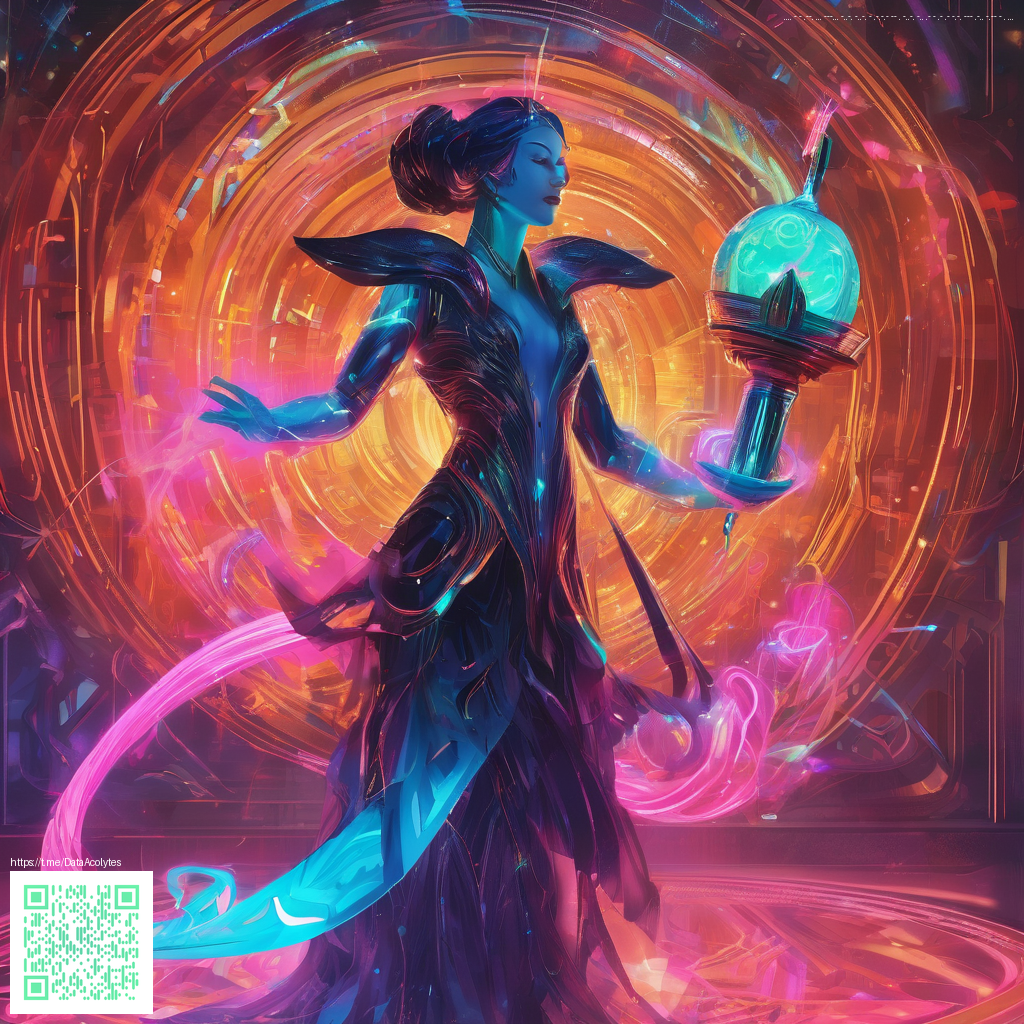History's Most Controversial Video Games and Their Backlash
Video games have long been at the center of cultural debates—often pitting artistic expression against concerns about violence, morality, and social impact. The backlash around these titles isn’t just about shock value; it reflects how players, parents, lawmakers, and developers navigate a medium that grows more complex with every release. The conversations surrounding controversy aren’t merely about judging games as “good” or “bad.” They’re about understanding design choices, audience expectations, and the responsibilities that come with storytelling in interactive form.
A quick tour of historic flashpoints
Several landmark titles sparked public discourse that shaped how the industry is perceived today. Night Trap (1992) became a lightning rod for discussions about violence and narrative content in interactive media, ultimately helping catalyze the creation of the ESRB rating system. Doom (1993) intensified the ongoing debate about graphic violence in games and whether realism should be celebrated, regulated, or contextualized within a broader media landscape. Mortal Kombat (1992) raised questions about how far developers could push gore and how ratings boards should respond to extreme on-screen violence. And Grand Theft Auto, which began in the late 1990s, has faced persistent scrutiny for depictions of crime, illicit activity, and adult themes across its evolving open-world landscapes.
- Night Trap (1992) and the emergence of content ratings
- Doom (1993) and the case for contextualizing violence in games
- Mortal Kombat (1992) and the push for responsible depictions of violence
- Grand Theft Auto series (1997 onward) and ongoing debates about crime and freedom of expression
Contemporary controversies and evolving norms
As technology advanced, the scale and speed of backlash grew. Manhunt (2003) and Hatred (2015) stand as notable examples where the realism or intentional brutality of a game provoked intense moral and policy discussions about the role of developers, parental controls, and platform moderation. Critics often argue about whether such games are mere provocations or meaningful explorations of difficult themes, while supporters contend that controversy can propel important conversations about ethics, autonomy, and artistic risk.
Controversy isn’t a flaw in design—it’s a barometer showing how a medium tests boundaries, invites debate, and prompts communities to articulate shared values.
For players building a thoughtful gaming setup, the surrounding ecosystem matters as well. Practical choices—from control schemes to desk ergonomics—shape how we engage with challenging narratives and risky topics. In this spirit of mindful curation, consider gear that supports focus and comfort during long play sessions. For example, the vegan PU leather mouse pad—non-slip and customizable—offers a responsible, tactile option for dedicated sessions. You can learn more about this product here: Vegan PU Leather Mouse Pad.
Discussions about controversy have also influenced how games are marketed and discussed publicly. The industry has shifted toward greater transparency, inclusive design, and accessible content advisories that help players make informed choices. The dialogue isn’t limited to publishers and critics; players themselves weigh in on representation, consent, and community standards. A broad, ongoing exchange like this helps push the boundaries of what games can be—without losing sight of safety, accountability, and positive player experiences. For readers exploring related ideas and case studies, there are rich resources on the topic at this discussion page.
What these debates teach us today
Ultimately, the most controversial games in history share a common thread: they force audiences to confront tough questions about power, responsibility, and censorship in a digital age. They remind developers that bold storytelling must be paired with thoughtful design, ethical considerations, and strong community tools. They remind players that critical engagement—whether through discourse, moderation, or accessibility options—helps shape a healthier, more inclusive landscape for both creators and fans. In that sense, controversy can be a catalyst for better games, better discourse, and better communities around play.
